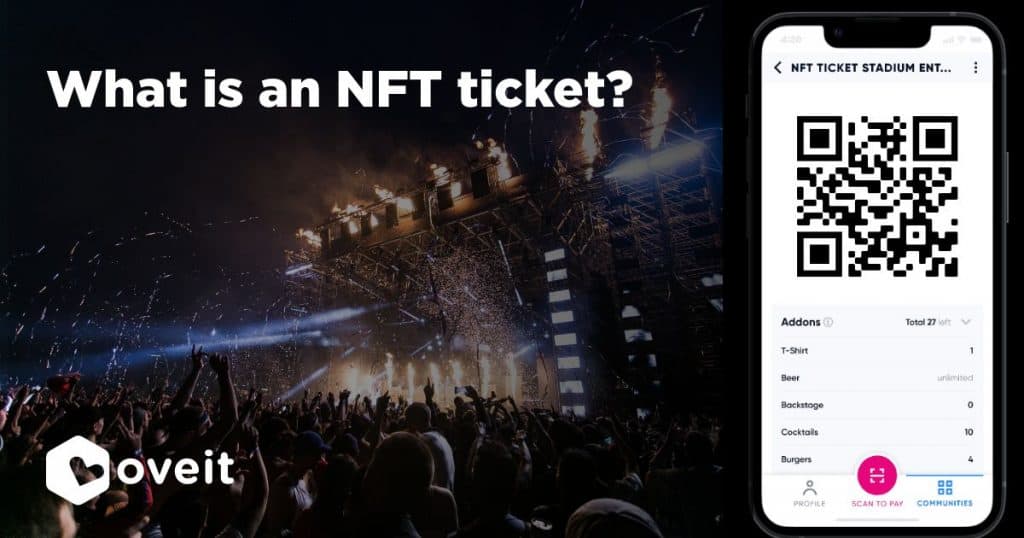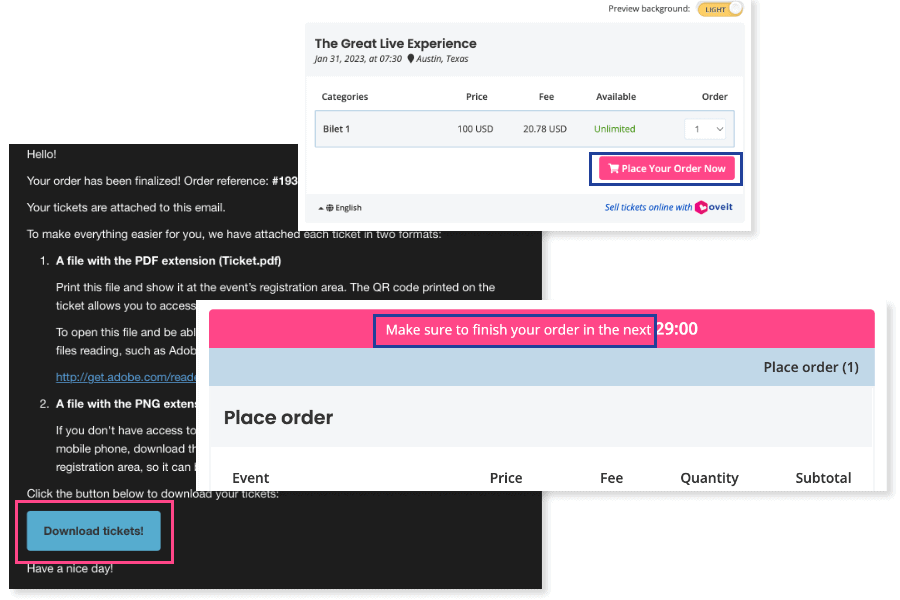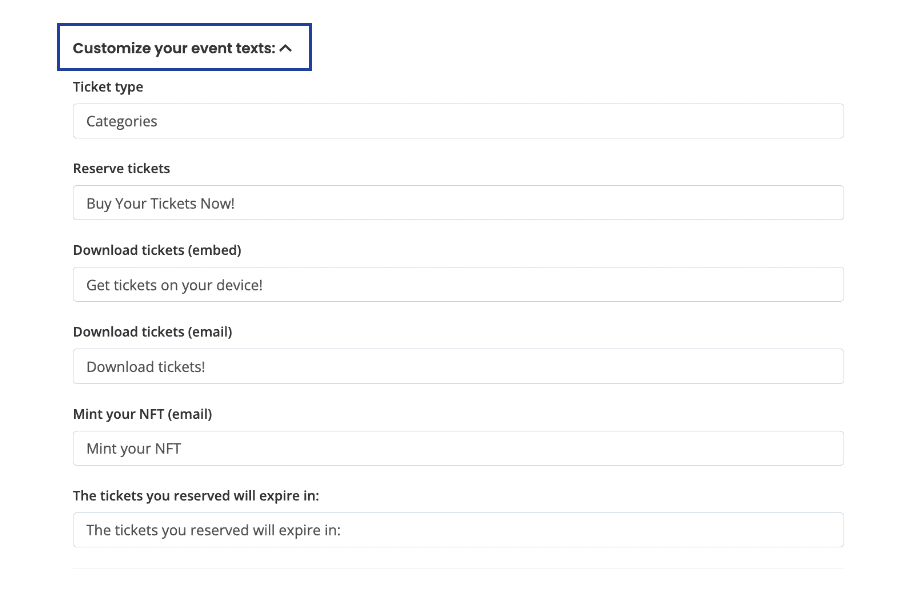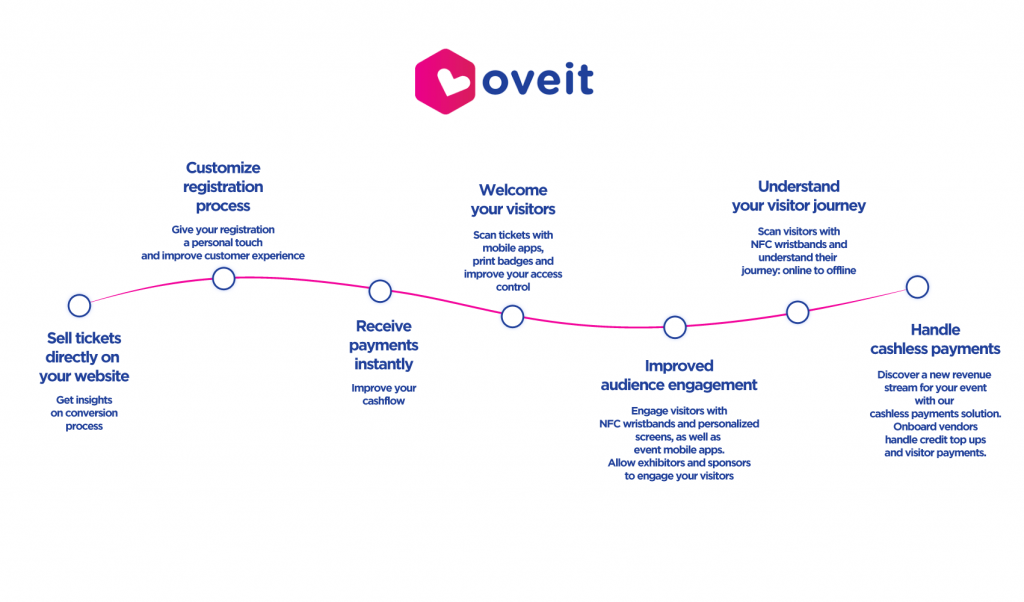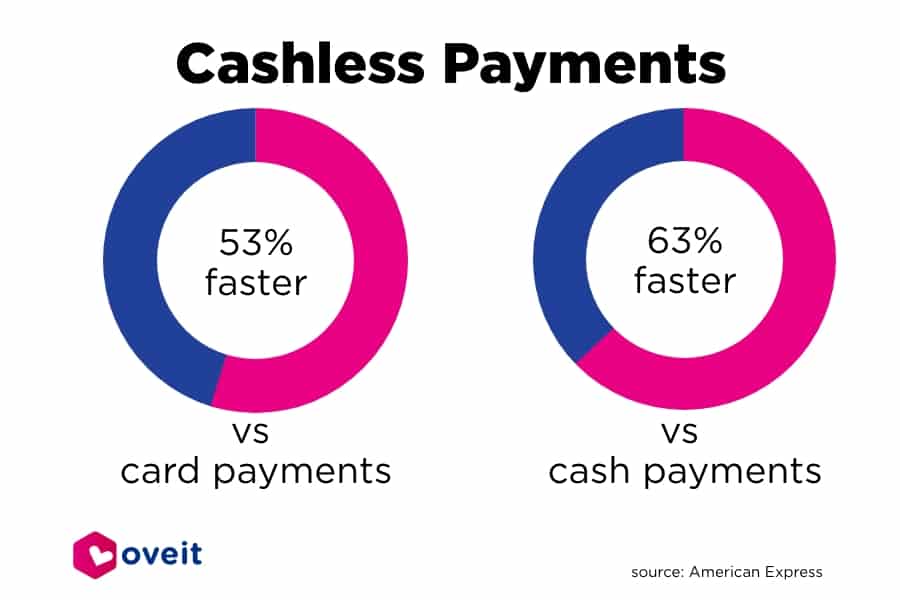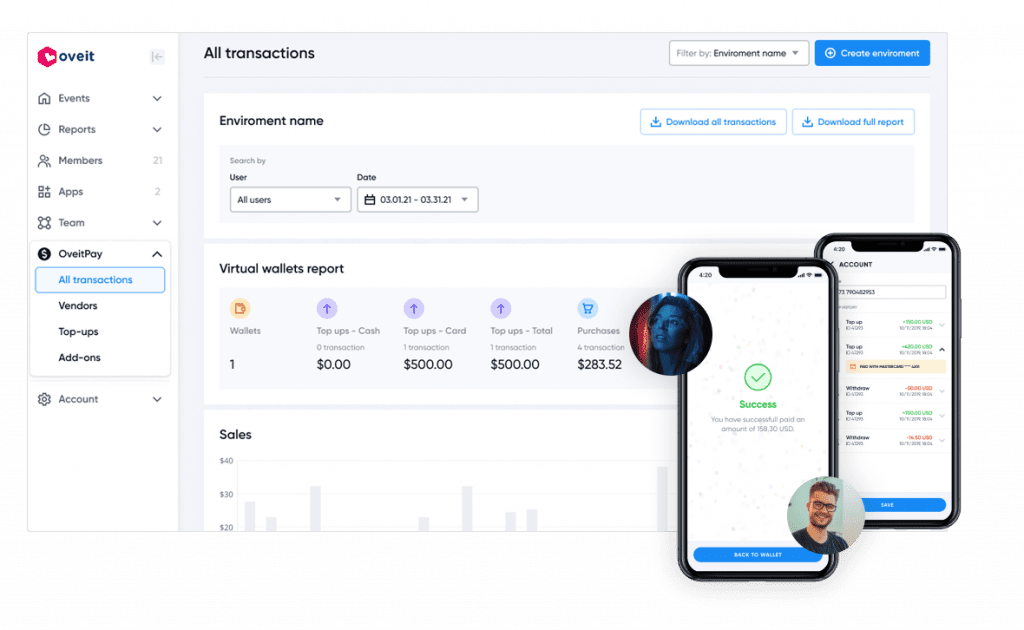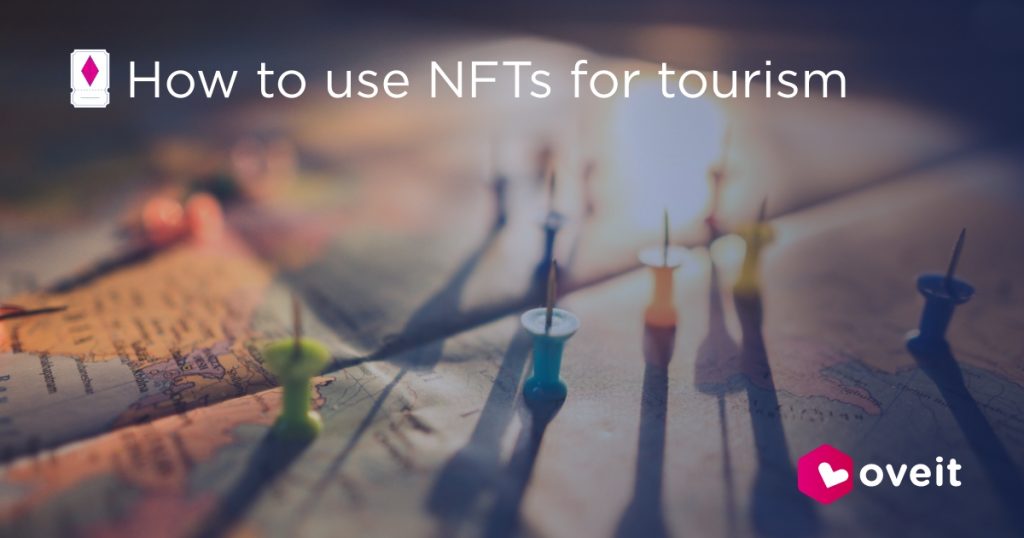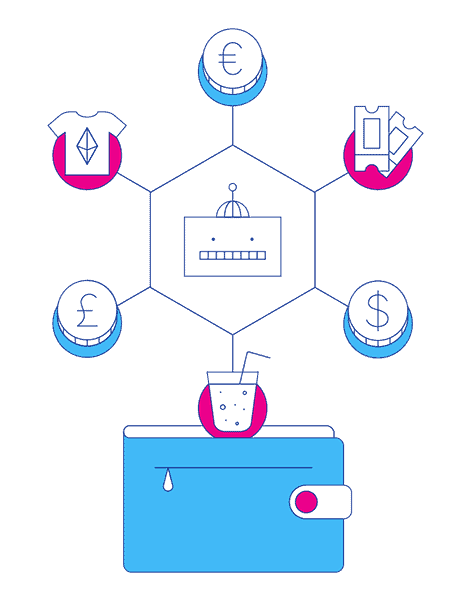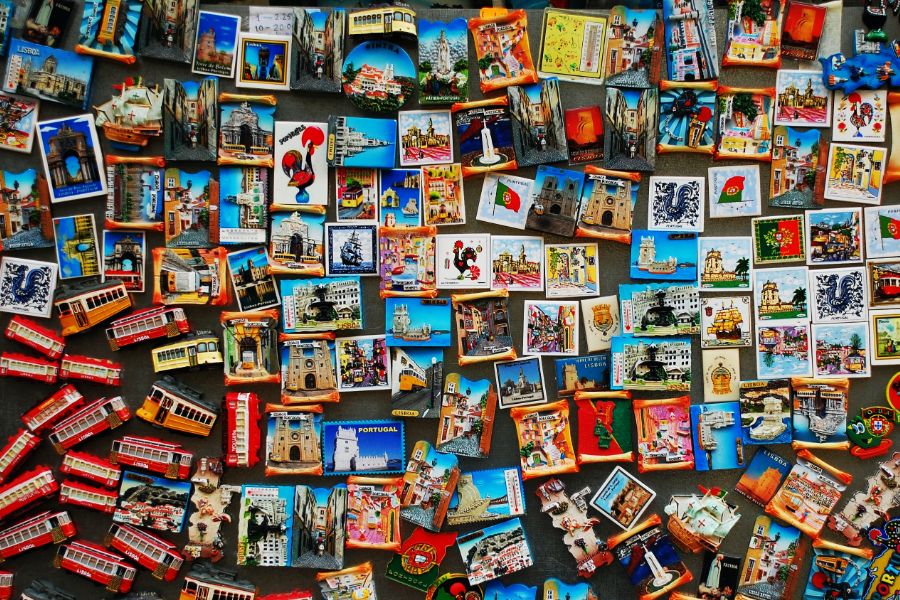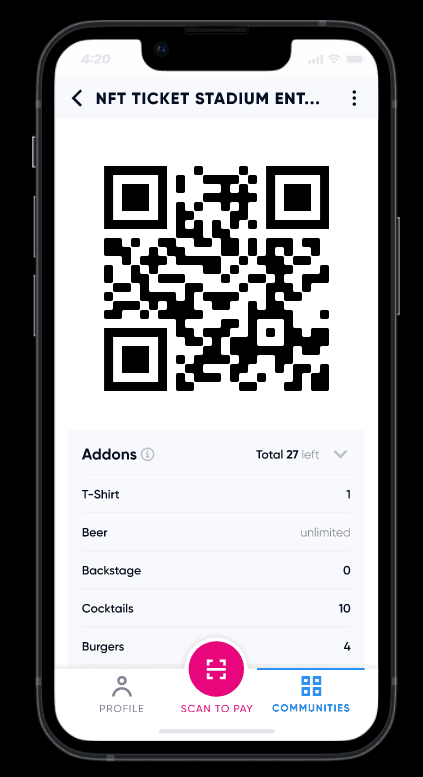Although NFTs represent one of the hottest topics, it’s often difficult to define the exact benefits they come with. The same applies to NFT tickets, of course. So during this article, we will try to explain what an NFT ticket is by naming the main benefits it brings to the events industry.
While an NFT is a digital record that comes with a computer program attached, in general, they are associated with what meets the eye. The (often not so) pretty pictures. But an NFT ticket is not just a pretty picture. It’s a pretty picture (or gif, or movie) that is disrupting the entertainment industry. And it does it providing utility through the use of blockchain ledgers. This makes it the perfect example of technology used right.
It’s very easy to set up an event and sell electronic tickets. Also for the buyers, the process is similar to buying any electronic ticket. They just need to add it to their digital wallets. Easy to use technology at scale.
But once the NFT ticket is created (or minted), the opportunities become unlimited. This new technology is not just solving many of the current issues faced by the industry, it’s actually creating new experiences and opportunities. This is why we truly believe that NFTs in the form of event tickets provide one of the biggest opportunities and are the leading example of the utility provided by blockchain technology.
Now really, what is an NFT ticket?
NFTs (non-fungible tokens) are unique digital records created on a blockchain network. Meaning that once created (minted), they can’t be altered or changed. Physical or digital assets (basically anything you can imagine, such as an event ticket, a picture, a song, a video, etc.) are stored with proof of ownership and their entire transaction history. Smart contracts (small computer programs) are associated with NFTs, allowing them to act based on a set of predefined rules.
So an NFT ticket is a digital token stored on the blockchain and has the access credentials (and many other extra benefits provided by the event organizer) embedded within itself. It’s a smart ticket with superpowers that disrupts the entire event industry. And it does it by providing easy access to a complete set of benefits for all parties involved.
The benefits of adopting NFT ticketing
To get a better understanding of what an NFT ticket is and how it improves the existing processes, let’s focus on the benefits it creates for event organizers, artists, and attendees alike.
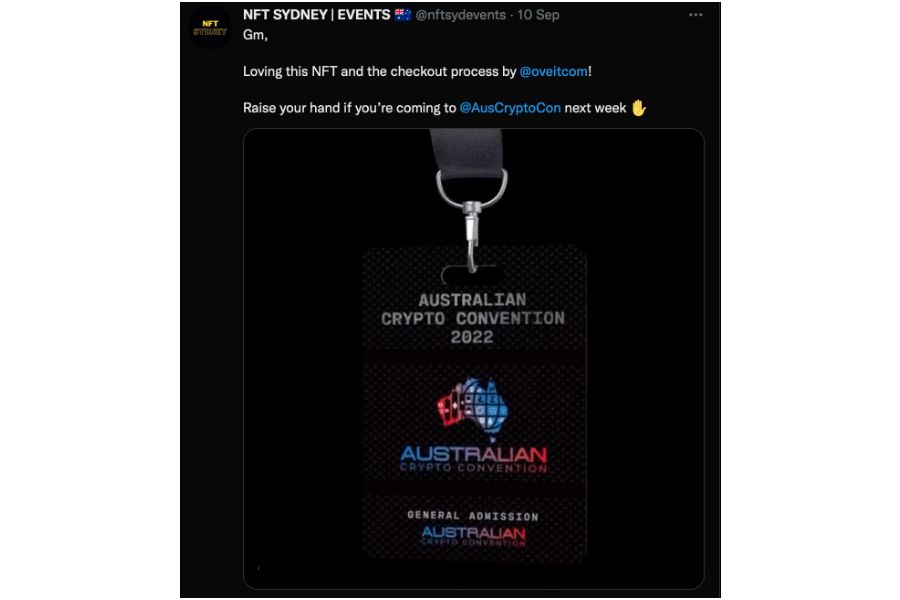
An NFT ticket gives you full control over its distribution
One of the biggest problems in event ticketing is scalping – large numbers of tickets are bought with the sole intent of reselling them for a large and quick profit. This action has a high negative impact on the overall attendee experience and creates profit on the (more than) gray secondary market.
But NFT tickets give the initial seller over the ticket distribution on both the primary and secondary markets. For starters, transactions can be checked on the blockchain and you can see if the same wallet is engaged in multiple transactions.
Furthermore, as programmable digital assets, resale prices can be embedded into the ticket. So even if somebody buys numerous items, they won’t be able to sell them for a large profit. You decide the upper and lower limits for which the event tickets can be resold. This way, you are protecting your attendees from those looking to make quick money from their passion.
Royalties and access to the secondary market
With an NFT ticket, you can even get access to the secondary market income. The smart contract of the NFT can be pre-programmed so that a specific cut from every resale is sent back to its issuer.
Known under the name of Royalties, this benefit allows event organizers and artists to get paid for their work long after the event has taken place. Especially as NFT tickets are digital collectibles that don’t lose their value once the gig is over.
NFT tickets have collectible value
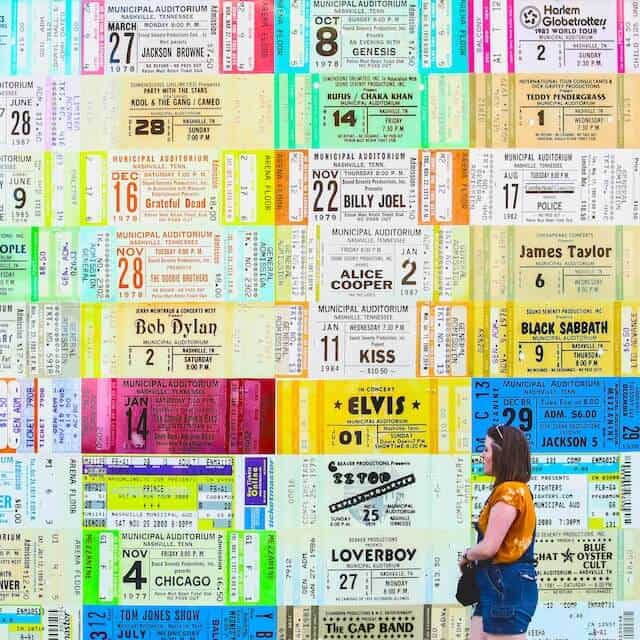
Event tickets are very interesting items for collectors and they would often pay small fortunes to get their hands on them. Until now, it was extremely difficult to check the authenticity of a ticket. Especially long after the event was over. But the nature of an NFT ticket makes this process extremely transparent. The authenticity of the NFT, as well as its ownership and entire transaction history, can be checked, protecting the buyer against fraudsters and increasing the value of the item.
An NFT ticket protects your community from scammers
One of the downsides of electronic tickets is that they can be forged. And while you may prevent somebody from entering the event premises with a false ticket, it’s impossible to stop scammers from selling false tickets. Or to (re) sell the same ticket to tens or hundreds of honest buyers. One of the biggest problems buyers are currently facing is checking the authenticity of tickets bought from secondary markets. As event tickets come in limited editions. And after a certain period of time, they become available only at resale. Once an event is sold out, people are willing to pay extra just to get the opportunity to attend the event. But they often become victims of scammers that:
- Sell fake tickets.
- Sell the same authentic ticket more than once.
But as the authenticity of an NFT ticket can be verified on the blockchain network, the same ticket cannot be sold by two people at the same time. It also eliminates the possibility of creating fake tickets, making transactions from secondary markets as safe as the ones operated by the event organizer, thus protecting your community.
The nature of the ticket also makes it almost impossible to lose it. It’s stored in a digital wallet and can be easily accessed by its rightful owner.
Create immersive experiences with NFT Tickets. Offline and online
Using digital technology to enhance a live event is a perfect opportunity for the events industry. Your event attendees can get first access to future releases, online shows, merchandise, and even digital artwork by purchasing an NFT ticket. Possibilities are endless as these smart assets are governed by programmable smart contracts.
But as we were mentioning before, these digital assets can be used to represent both physical and digital assets. Merchandise can be easily prepacked within an NFT event ticket and claimed whenever your attendee finds it suitable.
Is there anything else an NFT ticket can be? Yes, an NFT ticket can be even a payment tool used at your event. It can be programmed to store a monetary value that can be used at your events or throughout entire networks of partners.
Final words
While the scope of this article is to explain what an NFT ticket is, we are sure that it won’t take long before all tickets are going to be NFT tickets. The benefits powered by this technology are transforming the industry, making it safer and more profitable for those creating these experiences.
Furthermore, despite the technical complexity that stands behind them, NFT tickets are extremely easy to use. For issuers and buyers alike. With Oveit, you don’t need any technical know-how. It’s easy to set up your event and start selling NFT tickets. While we are taking care of all the technical aspects of the process, you can focus on creating the experiences everybody will talk about.
